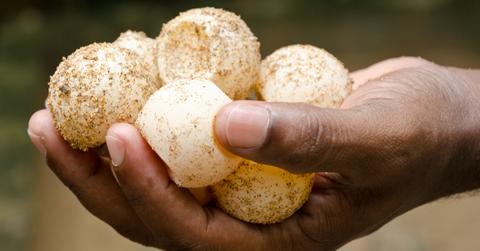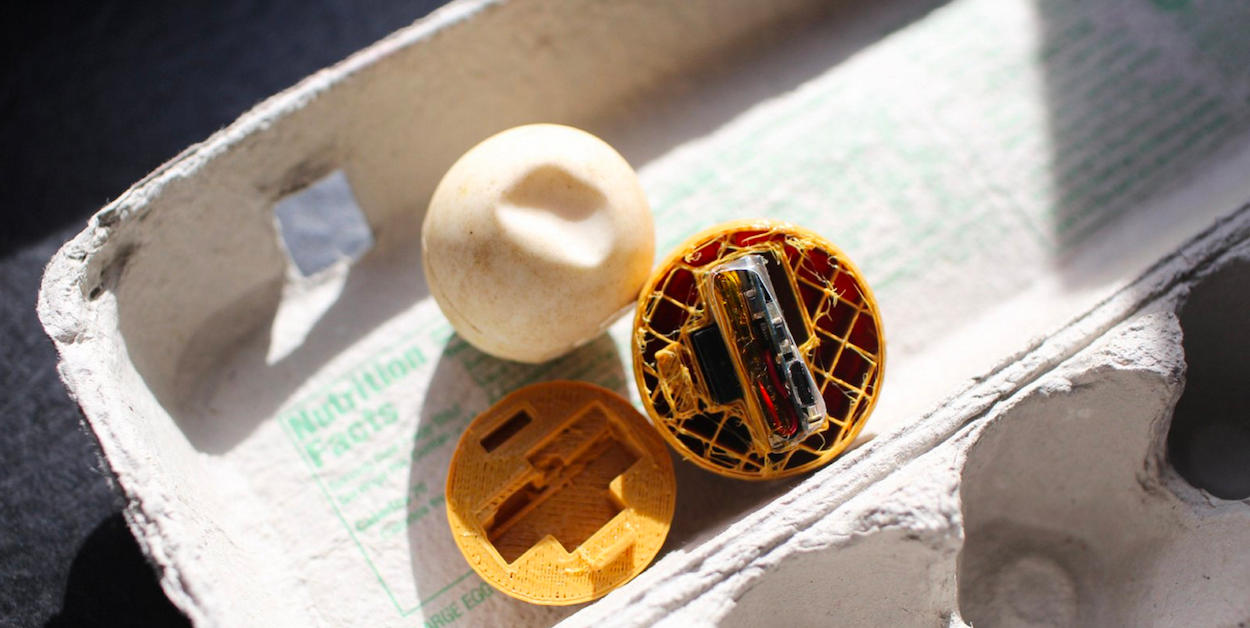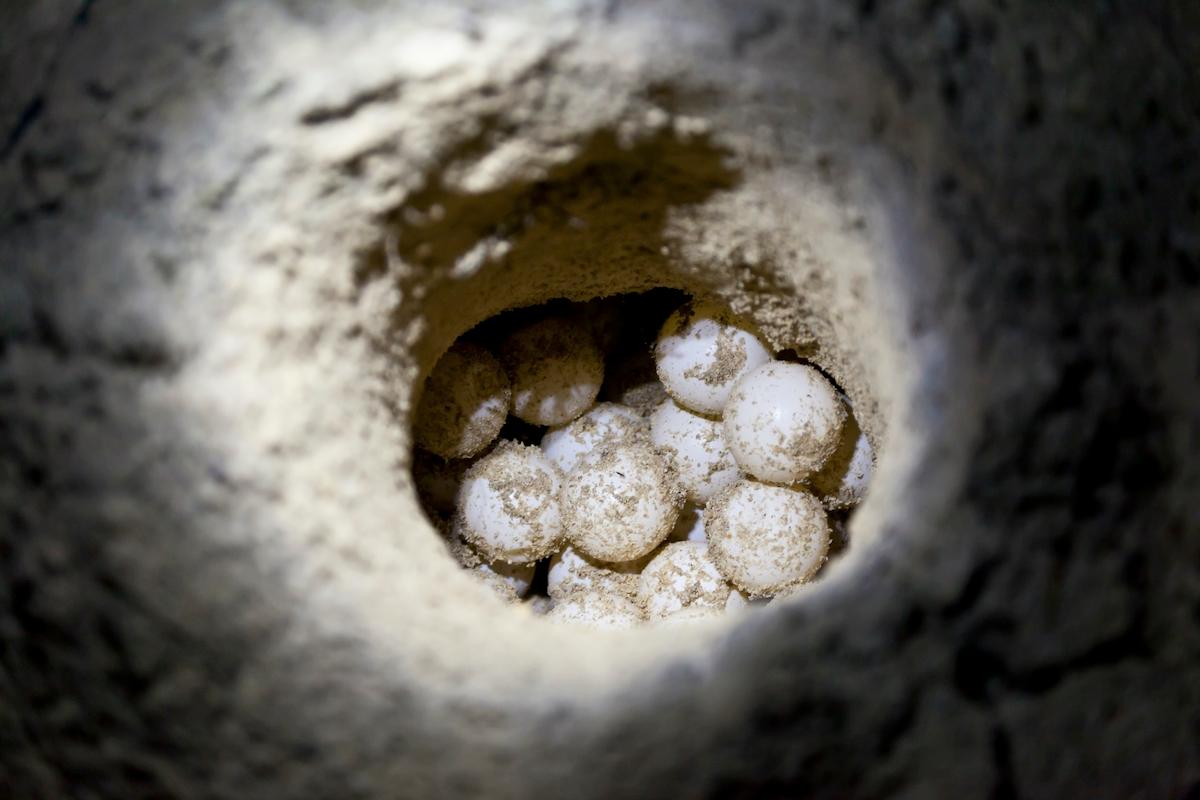These GPS “Eggs” Are Catching Sea Turtle Poachers in the Act
The InvestEGGator is a 3D-printed decoy sea turtle egg that can catch poachers in the act using GPS technology.
Updated Oct. 6 2020, 11:31 a.m. ET

Believe it or not, sea turtle eggs are a common object of poaching and trafficking — and a creative new invention aims to change that. The InvestEGGator is a 3D-printed decoy sea turtle egg that can catch poachers in the act using GPS technology.
The team behind the InvestEGGator first came up with the invention several years ago, and they just conducted a field test in Costa Rica, about which they published a paper in the journal Current Biology. As explained in the paper, “Because law enforcement is often only reactive, information on trafficking routes is key to disrupting trade and curtailing wildlife crime.”
Because of that, the researchers set out to track covert trade routes of trafficked sea turtle eggs, leading them to develop the InvestEGGator. The 3D-printed InvestEGGator contains a GPS–GSM transmitter, allowing officials to monitor the location of each batch of eggs poached from the ocean, and their trafficking routes.
Here’s how the InvestEGGator works to stop sea turtle egg trafficking.

To make the InvestEGGator decoys, the scientists feed a flexible material called NinjaFlex into a 3D printer, according to Wired. Then, special effects makeup artist Lauren Wilde paints the 3D-printed eggs to more closely resemble the real thing (which happen to look like ping pong balls) according to Paso Pacífico, the organization behind the InvestEGGator.
Then, lead researcher and conservation scientist Kim Williams-Guillen slices the egg open with an X-ACTO knife, stuffs a GPS transmitter inside, and glues it closed again, before slyly slipping the decoys into real sea turtle nests.
“After many iterations, we were able to get to something that really feels reasonably like a turtle egg and looks like a turtle egg,” Williams-Guillen told Wired, adding that offenders typically poach turtle eggs at night, and the dark sky helps conceal any difference between the real eggs and the dupes.
The GPS transmitter inside the egg uses a regular cell phone connection, pinging cell towers around Costa Rica every hour, alerting the scientists of their whereabouts.
The field test traced the trafficking routes of sea turtle eggs.

During this field test, the InvestEGGators helped the scientists identify five trafficking routes, the most detailed of which spanned a 137-kilometer (85-mile) trade chain, according to the scientific paper. However, the other trafficking routes indicated that the poachers were simply selling the eggs locally — multiple eggs stopped at back alleys behind supermarkets and private homes.
“That is, again, in keeping with what we know about the trade, which is that people sell these eggs door to door,” co-author Helen Pheasey told Wired. “We were pretty happy with that result, because it really did prove the concept — this is what we're trying to do with these things.”
Why are sea turtle eggs poached?

According to Paso Pacífico, on Central American beaches, poachers illegally destroy more than 90 percent of sea turtle nests, all so they can sell the eggs to be eaten. A sea turtle egg can be sold for up to $300 USD.
Adult sea turtles are sometimes poached for their meat, skin, and shells, too. Sea turtle products are the No. 2 most frequently poached wildlife products trafficked from Latin America to the U.S., according to InvestEGGator’s website.
Are sea turtles endangered?
Yes, sea turtles are classified as endangered — and some species are even classified as critically endangered. As the WWF explains, not only are sea turtles endangered due to poaching, but the climate crisis and global heating is also hurting populations, as rising temperatures can impact the sex of hatchlings and harm turtle nesting sites; additionally, many sea turtles are killed by the fishing industry as bycatch, which is the when non-target species are caught in commercial fishing nets.
In fact, according to a report by Oceana, 17 to 22 percent of animals caught by trawling nets are non-target species and therefore discarded back into the ocean, at which point they are usually already dead or dying.